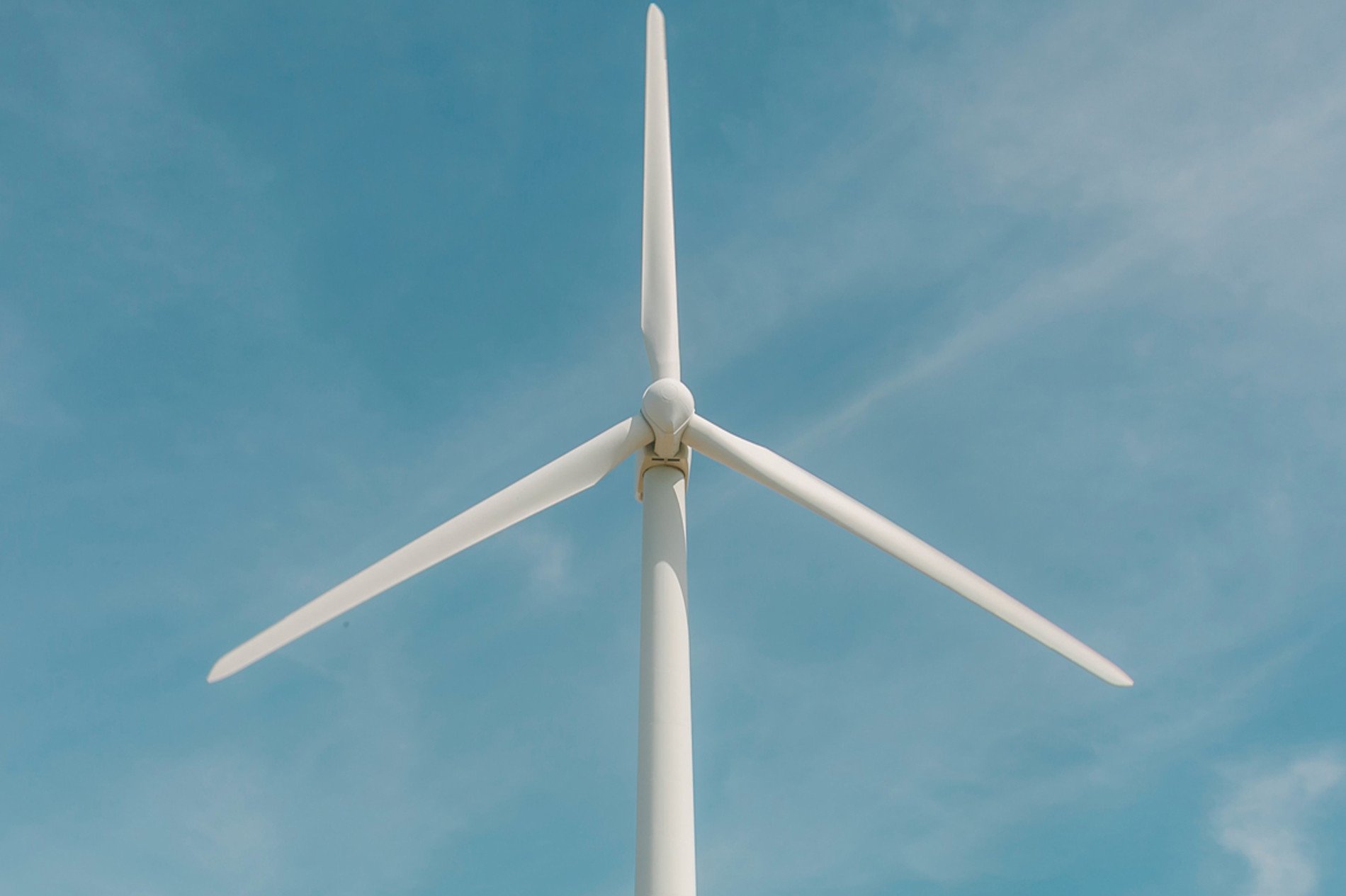Databases, time series data, weather data
Open Power System Data. License: Creative Commons Attribution-NonCommercial 4.0
About these data
The ever-changing renewables energy framework requires holistic analysis to support investment decision making and assist effective policy developments. Wind Power systems are complex and inter-related investments, thus researchers and analysts often rely on large but not reliable enough numerical computer models for a plethora of purposes, ranging from wind power production estimations, to weather prognosis and from ROI projections to system planning.
These models require a large amount of reliable input data, such as information about wind speed, time series of load, capacity factor, topographic characteristics, extreme wind speed phenomena, yearly electricity consumption, the mean time to respond to failures, but also grid stability, power plant performance and operability. Unfortunately, most off these data are not publicly available and there is a lot of polemic to share such information. The bits and pieces of such data are sometimes hard to find, often very poorly documented, and usually tedious to analyse them further.
Wind Energy Science platform shares its data to facilitate knowledge sharing and value creation. To fulfil our objectives and the main scope of our platform several data models have been used. However, OPSD has been used extensively by our team to determine trends in the wind energy sector, with a major focus on generate novel approaches for the industry. These data are shared in this website.
Research Papers & Journals
the science behind wind
Keep up to date with the latest published research papers to stimulate research and improve wind energy industry. Search for books, articles and journals covering project development, operation and maintenance , environmental impacts, CoE mitigation, engineering innovation proposals and more.
Micro-scale classification of offshore wind energy resource ——A case study of the New Zealand
• A new wind energy classification scheme is proposed. • Our scheme comprehensively considered the wind energy, environment and cost factors. • This scheme can better show the regional differences of wind energy classification than the traditional schemes. • This scheme can be widely used to the site selection of wind energy development under different actual demand.
Individual or collective? Community investment, local taxes, and the social acceptance of wind energy in Switzerland
This research paper describes the effect of different financial participation models for wind energy projects on the social acceptance of a hypothetical project. Based on the configuration of three different financial participation models tested in a pre-study with several industry experts, we conducted an experimental survey with a representative sample of Swiss electricity customers (n = 1202). Our results indicate that a local resource tax that benefits the entire community is favored over individual financial participation models (namely, the opportunity for local citizens to participate through shares or bonds).
Global estimations of wind energy potential considering seasonal air density change.
The literature typically considers constant annual average air density when computing the wind energy potential of a given location. In this work, the recent reanalysis ERA5 is used to obtain global seasonal estimates of wind energy production that include seasonally varying air density. Thus, errors due to the use of a constant air density are quantified. First, seasonal air density changes are studied at the global scale. Then, wind power density errors due to seasonal air density changes are computed. Finally, winter and summer energy production errors due to neglecting the changes in air density are computed by implementing the power curve of the National Renewable Energy Laboratory 5 MW turbine.
Europe, China and the United States: Three different approaches to the development of offshore wind energy
In those countries where wind plays a major role in the energy mix (EU, China and USA) actions have been carried out to develop offshore wind energy, albeit to varying degrees. These actions range from studying offshore wind to the development of laws and planning related to the construction of wind farms. Europe currently leads the way in offshore wind energy (with 84% of global installations), having achieved technical and commercial maturity, including the first floating wind farm to generate electricity, together with an emerging zero-subsidy culture.
Wind energy, the price of carbon allowances, and CO2 emissions: Evidence from Ireland
Using data from Ireland, this paper examines the effects of wind energy and the EU ETS on carbon emissions from electricity generation. We estimate a time-series econometric model of CO2 emissions for each half hour over the period 1 January 2015 through 17 April 2018. Results indicate that increases in the carbon allowance price significantly reduce carbon emissions when errors in load assessments and wind energy forecasts are equal to zero.
Education
learn & thrive
Academic Institutions & Journals

Linking science, innovation, and knowledge sharing to transform the world's energy systems.
From foundational science to new and novel research, discover our large collection of Physical Sciences and Engineering publications, covering a range of disciplines, from the theoretical to the applied.
Providing researchers with access to millions of scientific documents from journals, books, series, protocols, reference works and proceedings.
SCIRP is an academic publisher of open access journals. It also publishes academic books and conference proceedings. SCIRP currently has more than 200 open access journals in the areas of science, technology and medicine.
One of the largest and most authoritative collections of online journals, books, and research resources, covering life, health, social, and physical sciences.
Technical University of Denmark – DTU Wind Energy
DTU Wind Energy is one of the largest and most well-known university department for wind energy in the world. They possess scientific and engineering competences to the highest international standards with a focus on onshore and offshore wind energy.
ETH Zurich present wind energy activities are focused on: field experiments on full-scale wind turbines; controlled experiments on dynamically-scaled wind turbines; and simulation of atmospheric and wind farm flowfields.
California Institute of Technology
The Center’s program in bio-inspired wind energy emphasizes fundamental research and development combined with field testing of wind energy technologies. Current efforts are focused on the design of new vertical-axis wind turbine concepts and optimal placement of vertical-axis turbines in large-scale wind farm arrays.
KTH Royal Institute of Technology
Our Challenges: To increase the amount of wind power the construction must be cheaper, lighter, be easy to maintain and have low environmental impact. The electric power system must be flexible in order to handle a variable production.
Delft University of Technology
Research on wind energy at the Delft University of Technology began over 30 years ago, starting with the tip vane project, an aerodynamic research project at the faculty of Aerospace Engineering. Nowadays TU Delft Wind Energy Institute (DUWIND) is the wind energy network of Delft University of Technology both for research and education. Its research program covers almost all aspects of modern wind turbine technology, and is undertaken across 6 faculties in 13 groups.
The Imperial College Centre for Energy Policy and Technology, ICEPT, provides internationally recognised interdisciplinary research, consultancy and postgraduate training. ICEPT works at the interface between technology and policy to provide objective research, analysis and policy advice to governments, industry, NGOs, international organisations and other stakeholders.
The MIT Energy Initiative is MIT’s hub for energy research, education, and outreach. Their mission is to create low-and no-carbon solutions that will efficiently meet global energy needs while minimizing environmental impacts and mitigating climate change.




